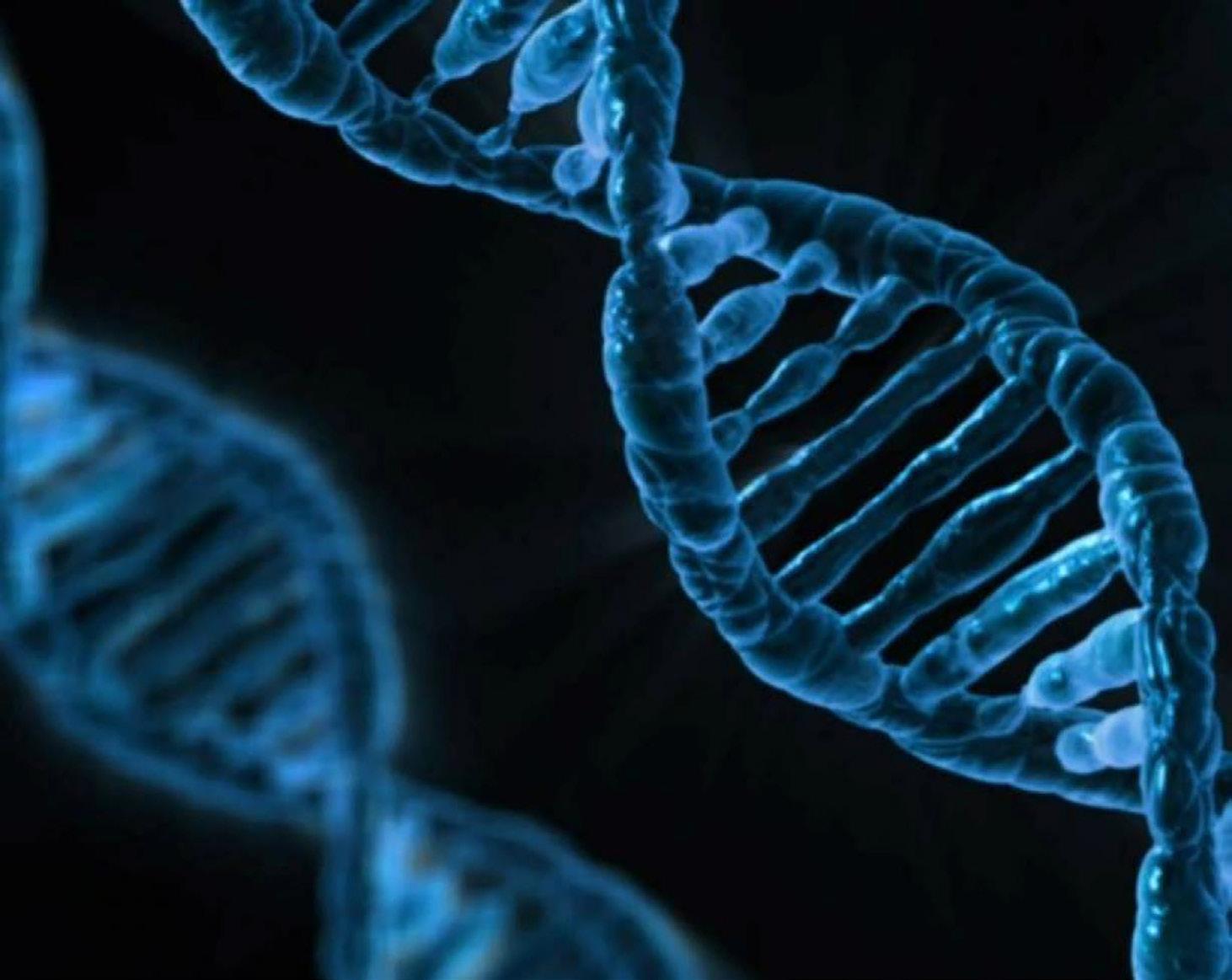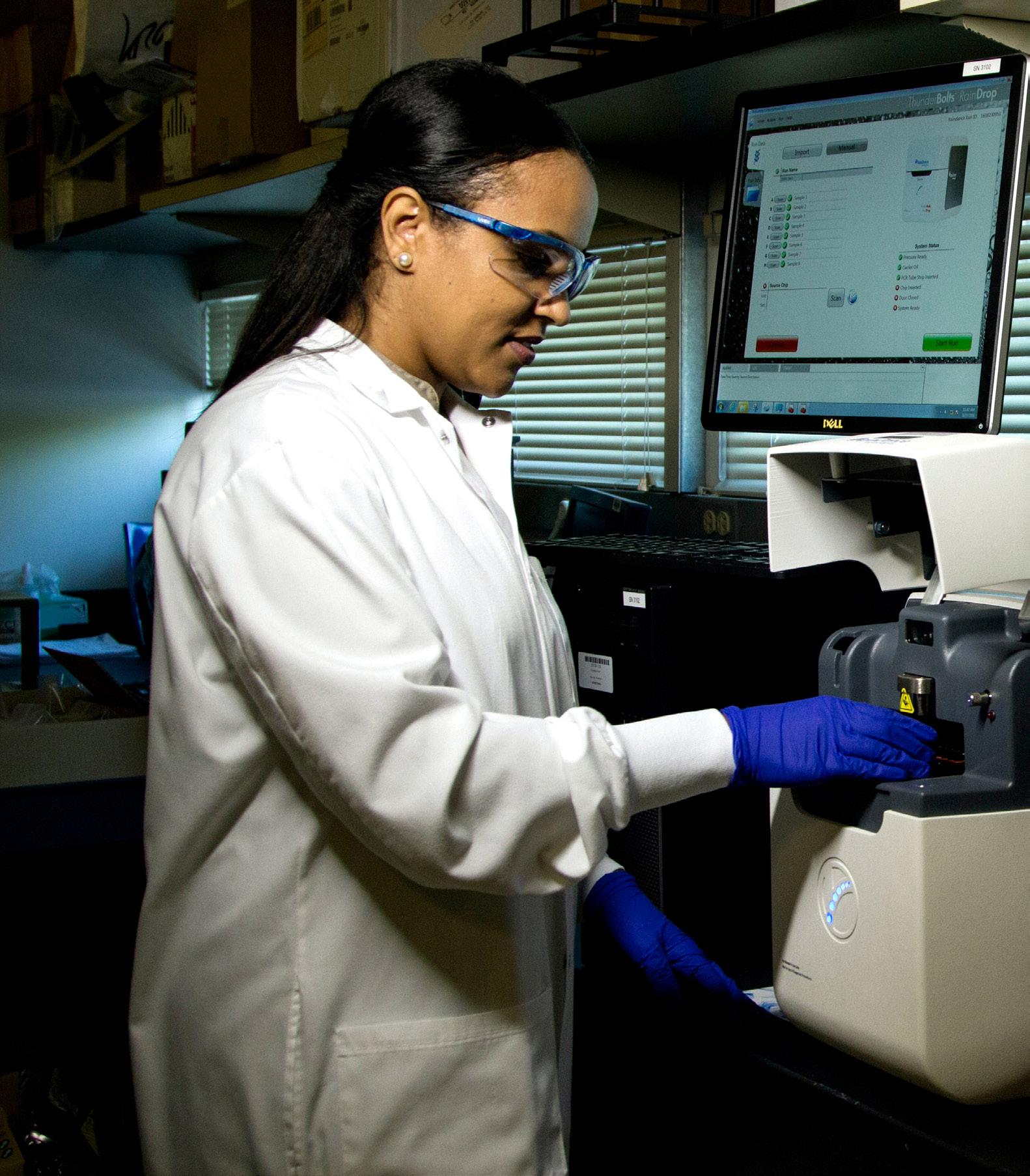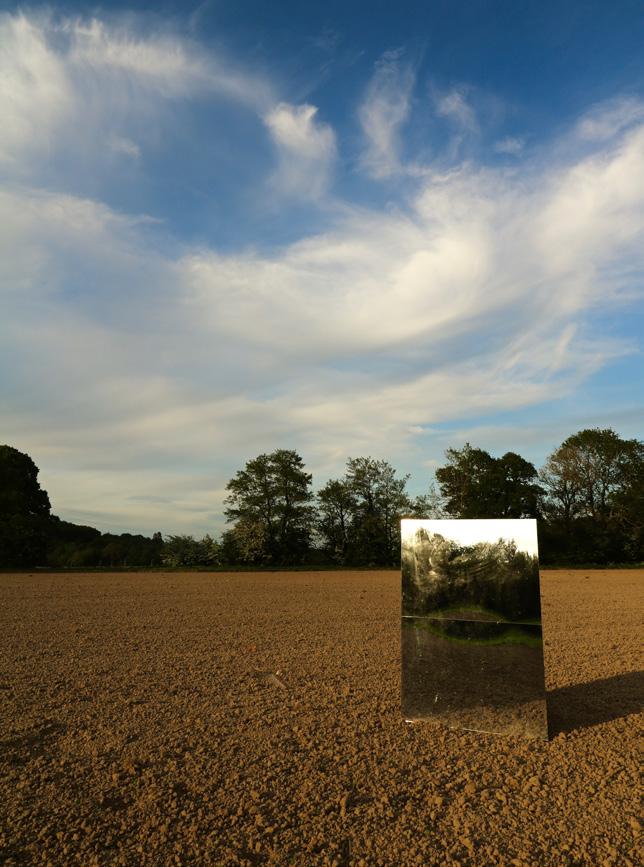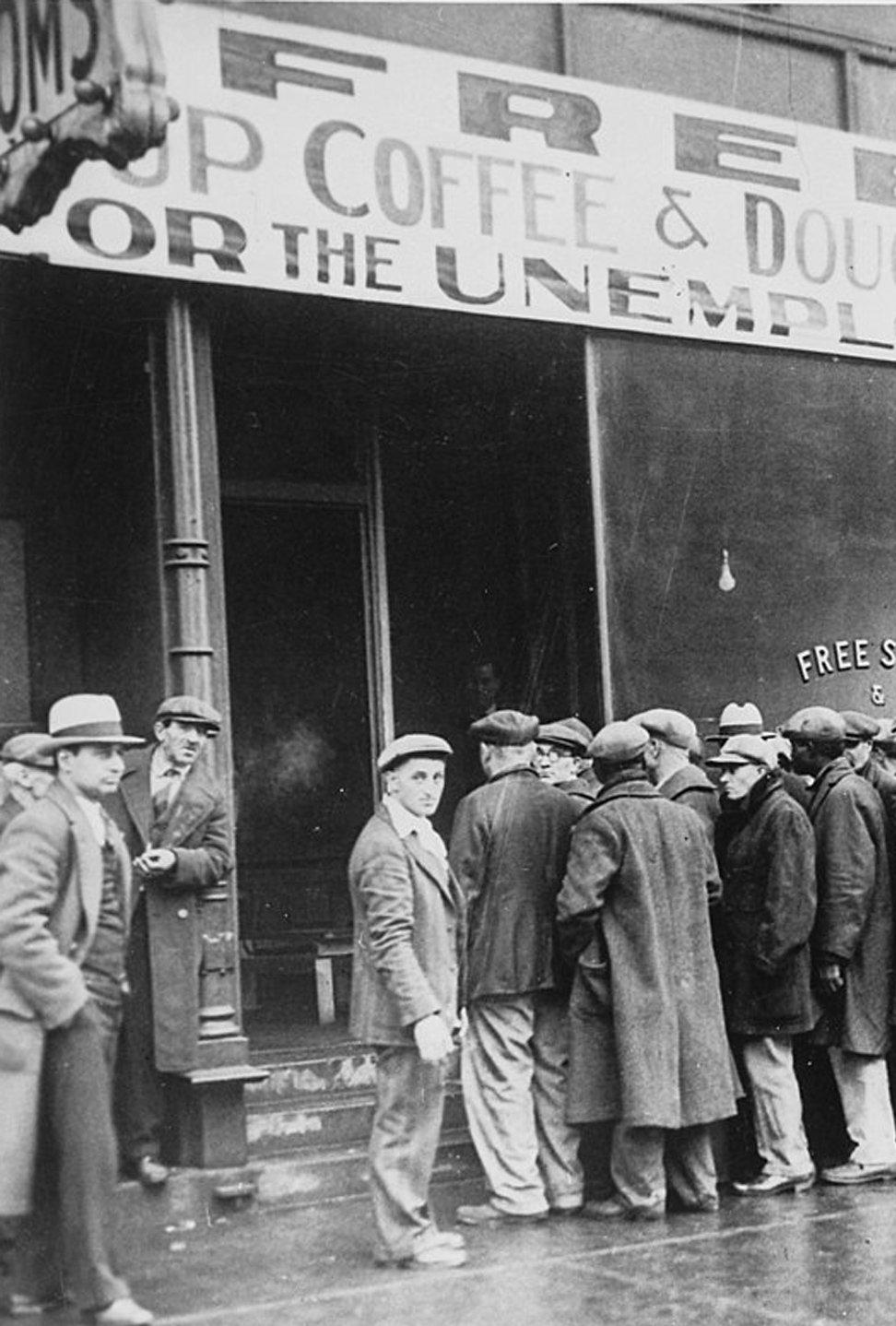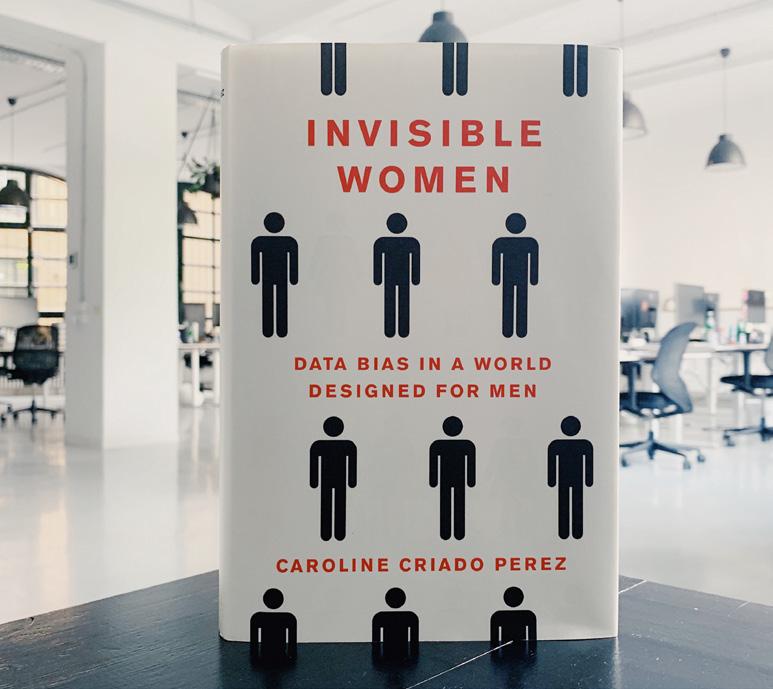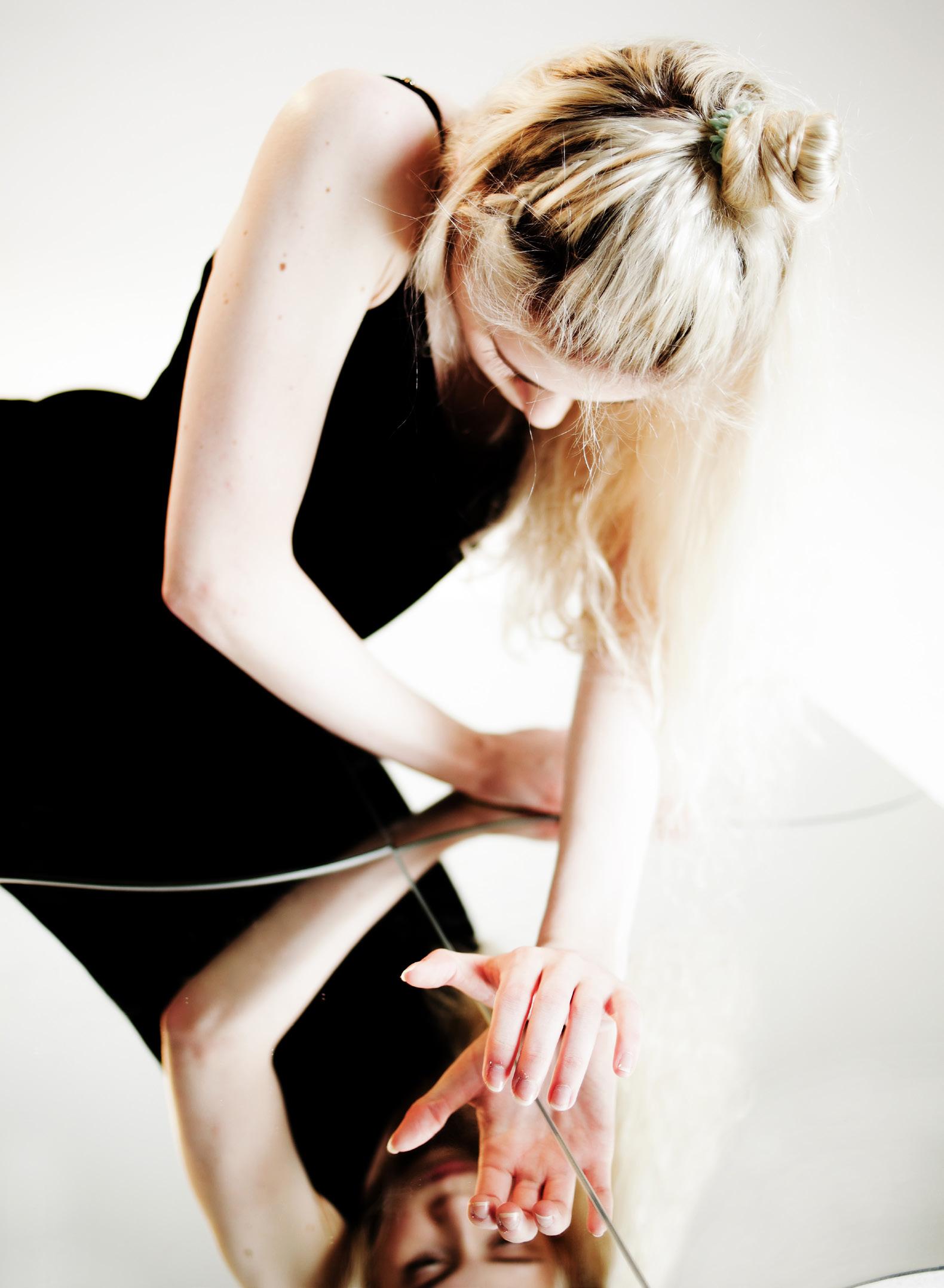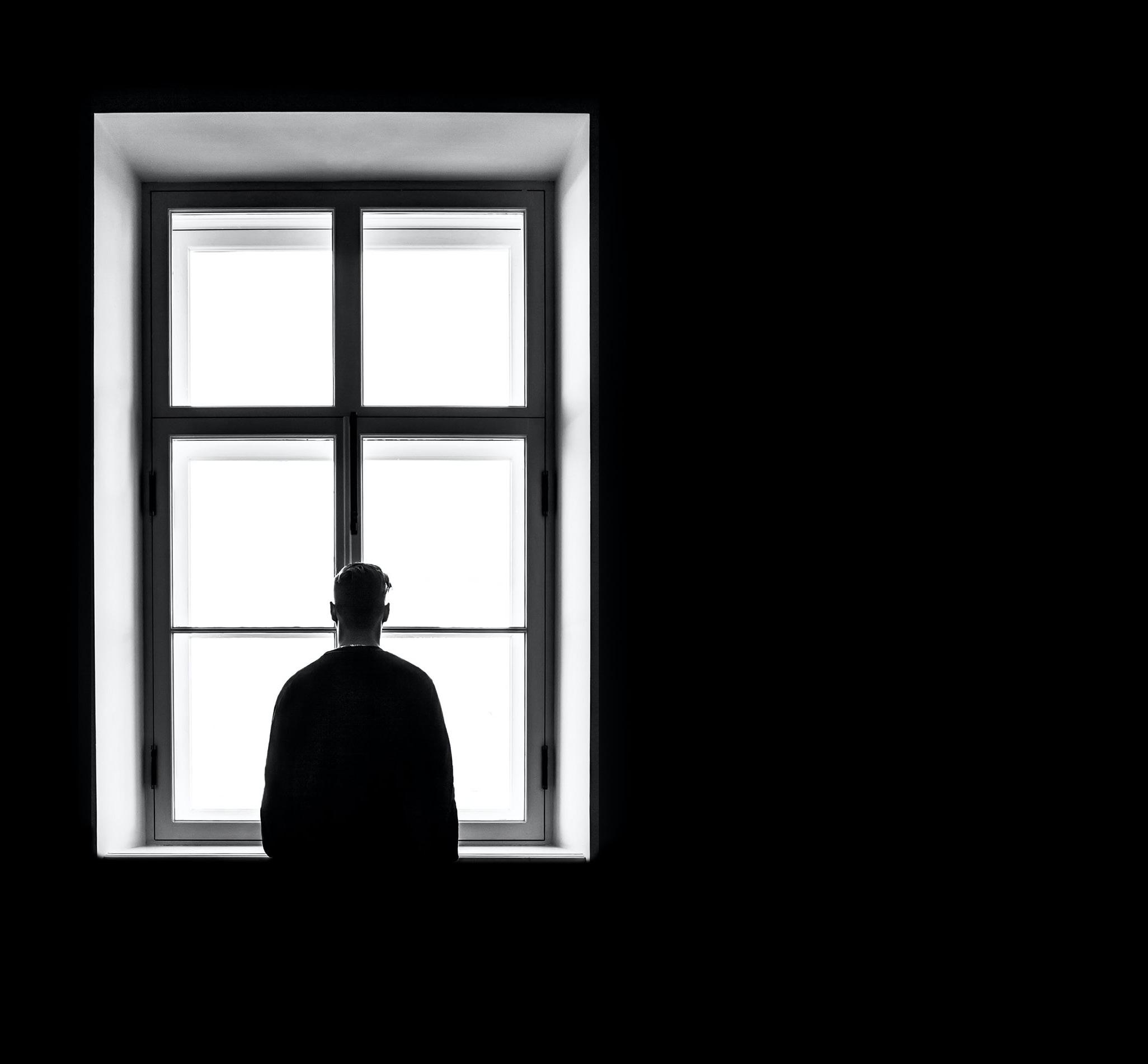
4 minute read
A Reflection of our Relatives? The Biology Behind DNA Sophie Escott
a reflection ofour RELATIVES?
THE BIOLOGY BEHIND DNA
Sophie Escott YEAR 8
We are all connected to our parents, whether we like it or not! We get their characteristics passed on to us, which make up part of who we are. Each parent passes on 23 chromosomes. Those chromosomes pair up, creating a gene pair. Genes are passed on from parent to child, in a never-ending circle, so you could be exactly like someone you have never met! Personally, I find it miraculous that microscopic factors can impact who we are so massively.
However, DNA is much more complicated than that. The 23 chromosomes provided to us by each of our parents most likely will differ from one another. For example, if a mother had blue eyes and a father had hazel eyes, which attribute would the child inherit? Normally, the child
would inherit hazel eyes, as that is the ‘stronger’ gene or allele (meaning a singular gene). It is like art: when you mix a dark colour with a light colour, you will get a dark colour. However, it can be even more complicated than that, particularly if grandparents further up the DNA trail had blue eyes; it is still possible for grandchildren, or great grandchildren, to inherit their eye colour, missing out generations. Thus, if two blue-eyed people were to have a child, the child could inherit brown eyes, if this was dominant in previous generations.
So, how can we be related to someone but not act like them? Whilst we share some of our characteristics with family members, the others we make up on our own. Those personality traits are picked up from the environment surrounding us. For example, I have picked up the laugh of one of my good friends. Lots of siblings may look the same but are polar opposites to each other in terms of behaviour. If they are not twins, then they may well have inherited different genes. As previously noted, sometimes (but very rarely) the weaker gene may be passed on.
Twins present an interesting example. It is a common misconception that identical twins always share the same DNA; however, they do not always do so. Whilst they may look very similar indeed, their personalities and behaviours may differ enormously. Conversely, some twins who do not look the same can share the same
Photo by Timon Studler
DNA. Twins that share the same DNA So, the world would be a nicer place, and look the same are relatively rare. right? Well, what if our shared genes
If we shared the same DNA, would involved hostile or violent behaviour? that result in world war That would create or world peace? After IF WE ALL SHARED an unpleasant and all, if we all shared the THE SAME dangerous environment same DNA, we all would DNA, WOULD for all of us, much worse be the same. Would that THAT RESULT IN than it is at present. be a good thing? We WORLD WAR OR On balance, I think would all share the same WORLD PEACE? the fact that we all have interests, so imagine the different genes is a queue for the cinema, positive thing; not only as we would all want to see the same is the world itself complex and varied, movie! There would be no variation, but being unique, being individual so there might be less arguing as we is essential to who we are as human would all mirror each other’s thoughts beings. There is a mixture of different and opinions. Furthermore, there types of people, ‘good’, ‘bad’ and would possibly be no discrimination, somewhere in between, the negative because we would look the same and impact of the bad fixable by the good. share the same behaviours. So, why don’t siblings look like each other when they share the same gene carriers?
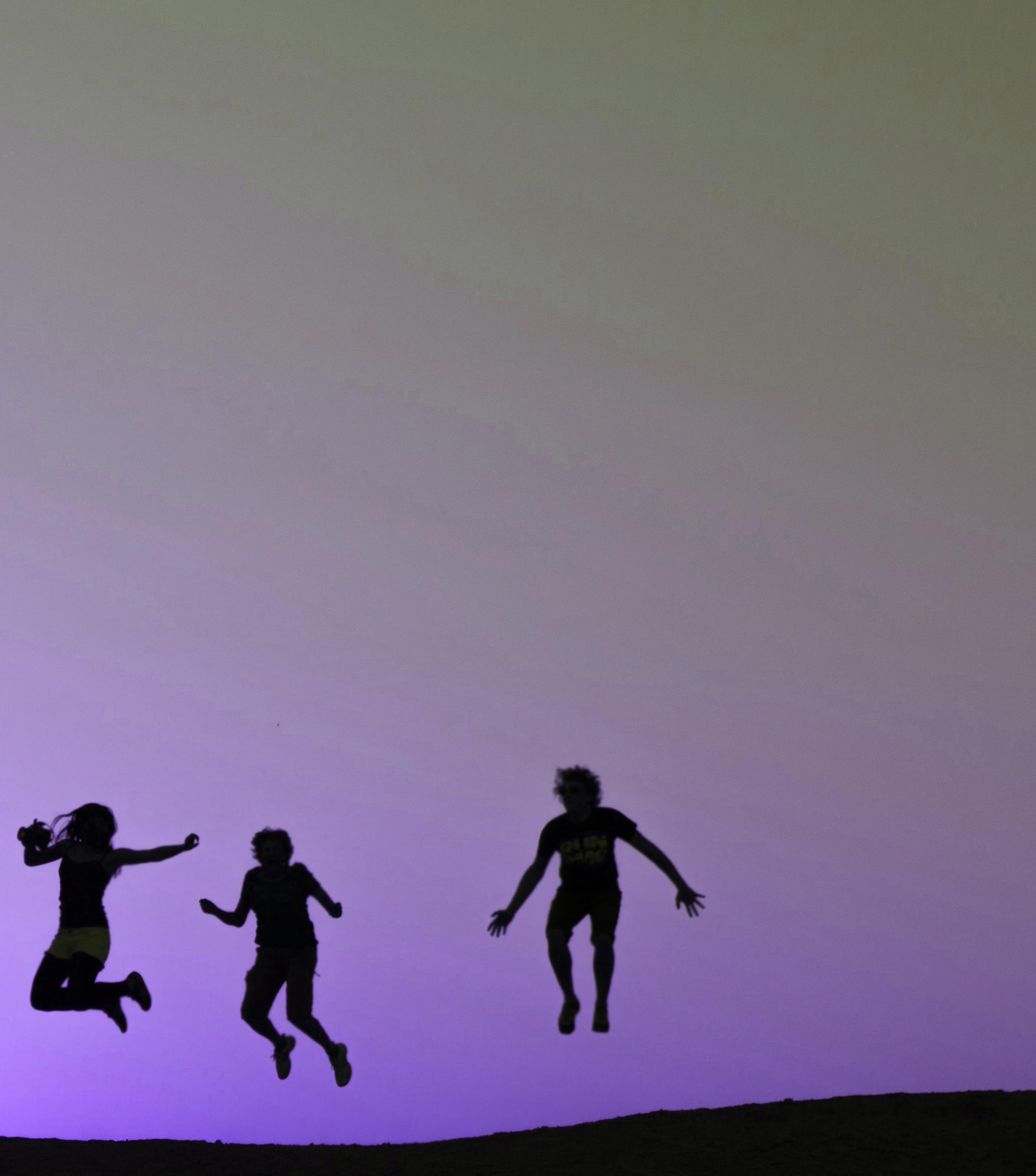
As previously mentioned, if multiple generations have one certain gene which is then broken by a new generation introducing a different gene, the gene that the new generation “introduced” was actually inherited from an ancestor, having lain dormant through several generations. For example, if there was a long line of blue-eyed family members and then a green-eyed baby was born, you would know that one of those baby’s ancestors had those coloured eyes.
Many of my friends’ siblings look really similar to them; there are almost always shared features that give them their family identity, even if one sibling has straight hair and the other curly hair (hair textures are one of the few parts of DNA that siblings do not share).
It continues to amaze me how our DNA can trace back many years. To think that there was a suffragette who was walking the streets of London who looked just like me is mind-boggling!

